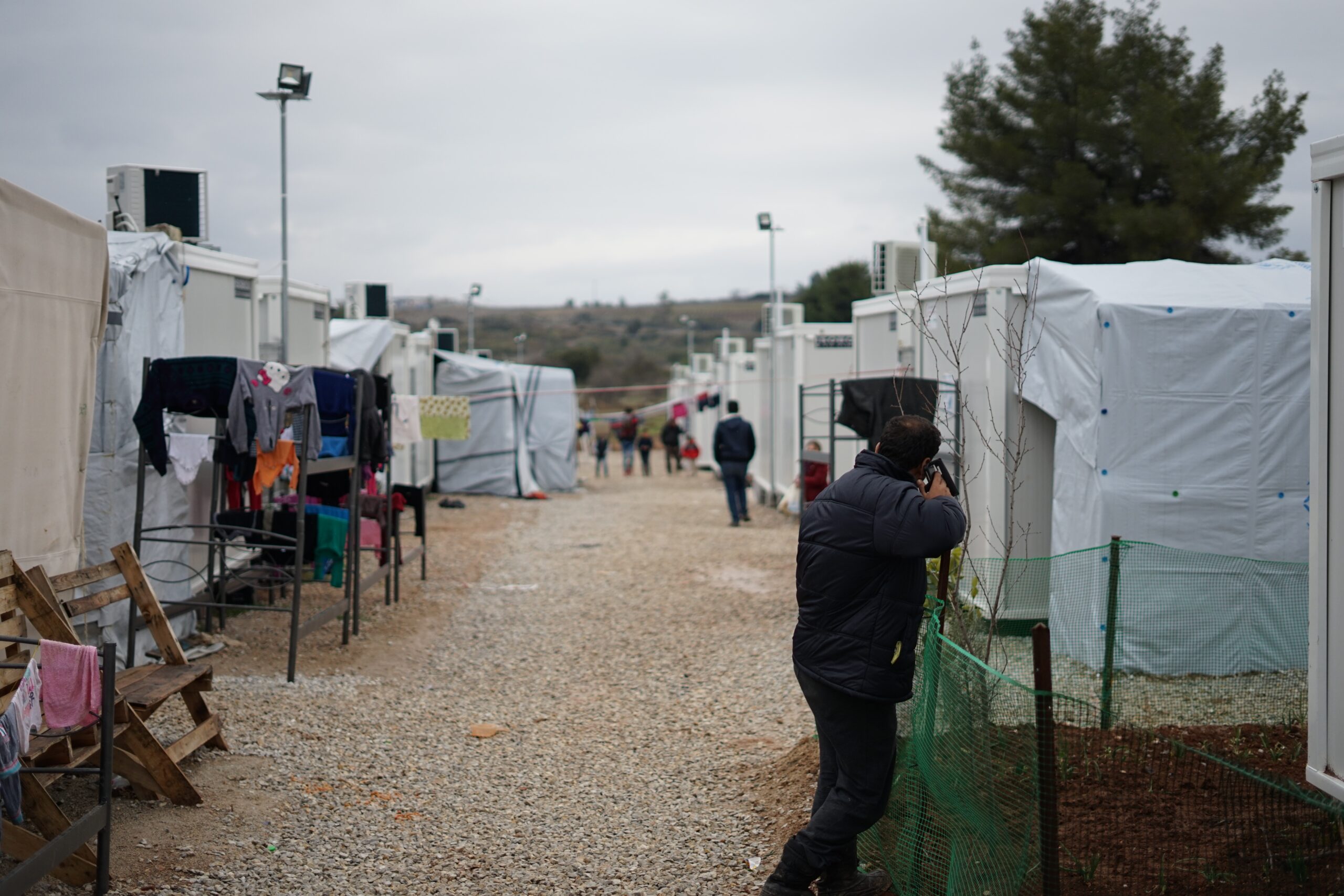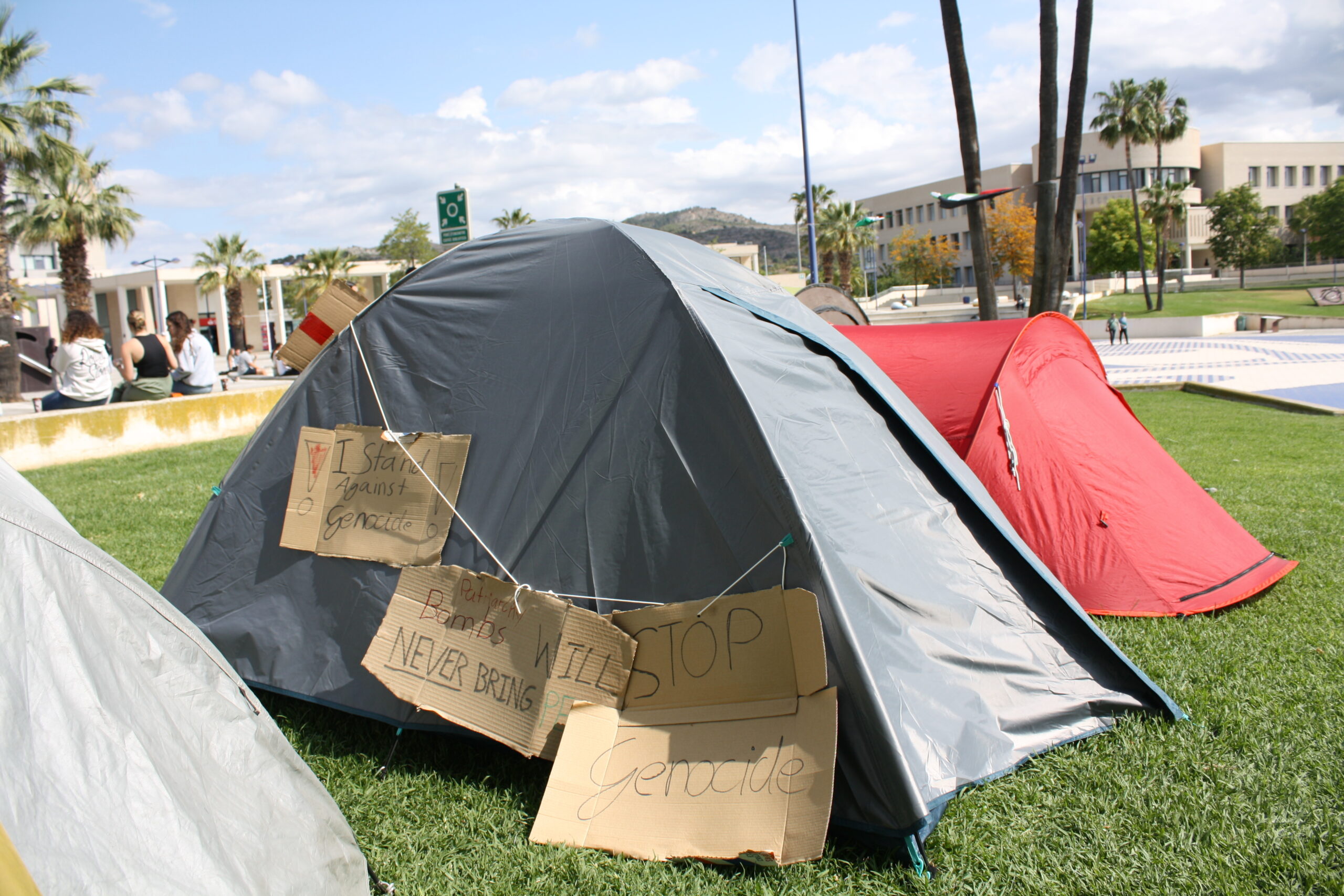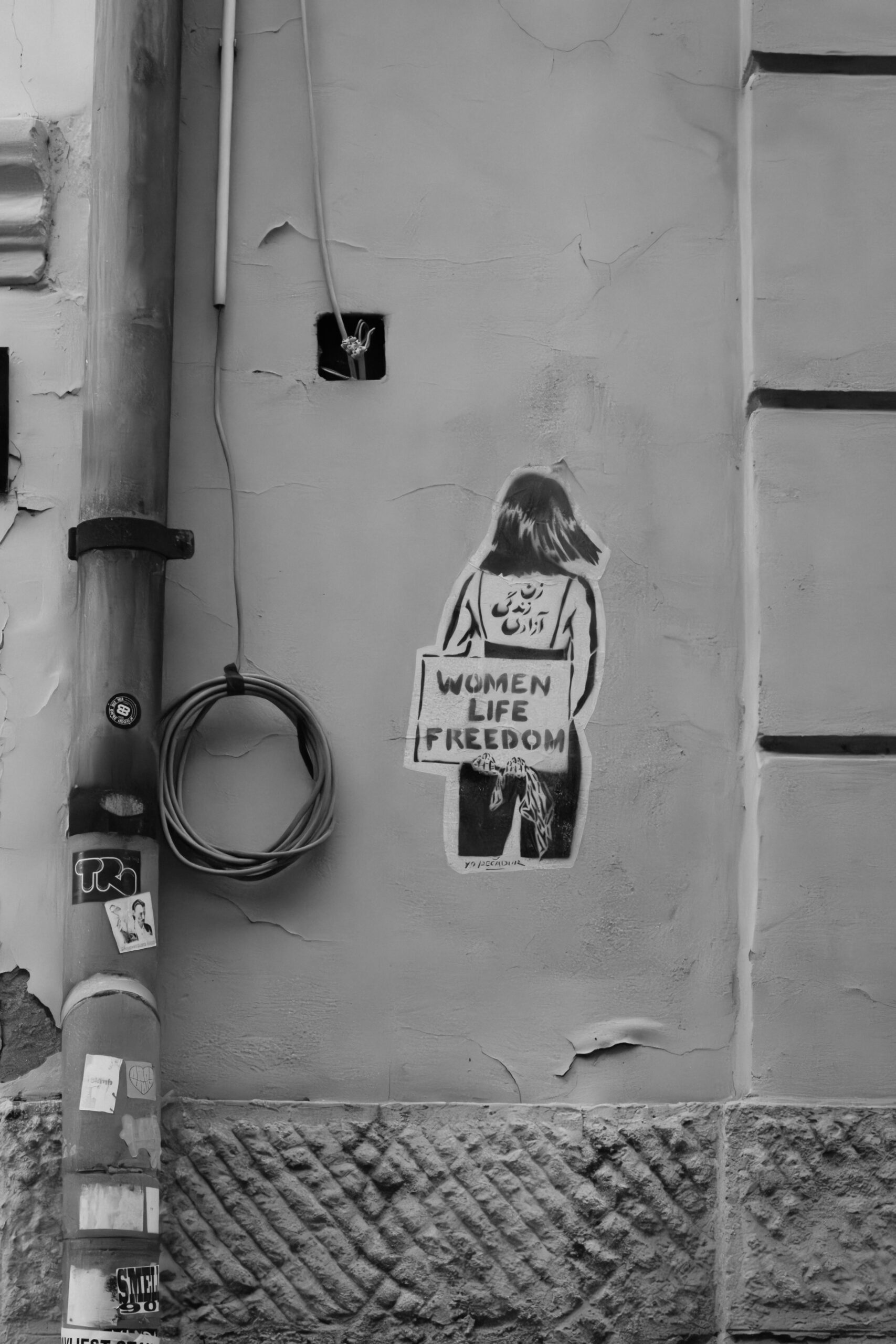By James Lahart Murphy
The principle of ‘women and children first’ is a social norm that has played a significant role in emergency situations. This principle articulates that, when confronted with a crisis, precedence must be accorded to the rescue of women and children first. This principle aims at protecting the vulnerable and conveys the expectation that men should be willing to sacrifice themselves to ensure the safety of others.
This principle is also applicable in the context of the ‘migration crisis,’ which began around 2015. The crisis is characterised by the mass movement of refugees and migrants seeking safety and better opportunities in Europe. Refugees are seen as vulnerable subjects in need of protection, sympathy, and support. This image of vulnerability is often portrayed through women and children, where their vulnerability is further reinforced by the implications that their suffering and death are especially upsetting. Such forms of suffering include sexual exploitation, human trafficking, and gender-based violence, among others.
But is the principle of ‘women and children first’ actually implemented towards migrants and refugees trying to get into Europe?
Some women are left behind
The work of Elsa Tyszler questions common assumptions on whether migrant women are ‘first.’ Tyszler’s research took her to migration camps in Morocco to interview migrant women striving for a new life in Europe. The camps in which she found were generally organised along patriarchal lines by ‘Chairmen,’ who established the rules and coordinated the attempts to cross the sea into Europe.
Chairmen are crucial because they decide who is ‘first’ and who gets left behind. The chairmen would often pick pregnant women or encourage women to become pregnant because it would help them get assistance once in Europe. Additionally, and more crucially, authorities are more likely to help a migrant boat if there are pregnant women abroad. This means the women were only getting priority because it improved the chances of chairmen and other men successfully crossing the sea.
As a number of chairmen have failed attempts at crossing into Europe, the notion of pregnant women improving their chances does not appeal to them anymore. Therefore, they have started the violent practice of only approving the travel of those women who accept to have sexual relations with them. This again shows that the chairmen’s ‘needs and wants’ are put before women’s vulnerability. Thus, proving that women are not put ‘first’ and that men are not willing to sacrifice themselves to ensure the safety of others but rather exploit others to ensure their safety. This account from a 28-year-old Liberian woman in Rabat, Morrocco, proves this point:
“When I first come to Nador, I was pregnant, and I had the money. It’s because I refused the chairmen that he didn’t let me travel and blocked my 2500 Euros. It is impossible for a women, even is she is pregnant or has child to boza without sleeping with the chairmen.” (quoted in Tyszler)
What about men?
It is worth noting that there are two stereotypes of masculinity when it comes to migrants: the already discussed ‘chairmen’ who profit economically and sexually off other migrants and also, the stereotypes of ‘warrior-like masculinity’ portraying men as trying to jump the fences based on a forced self-endangerment.
As referenced previously, refugees are seen as vulnerable subjects. In the media, men are seen as vulnerable when they are injured, disabled or elderly. Men can also be portrayed as family men through severe emotional vulnerability. In contrast to the portrayal of women and children as extremely vulnerable, single, able-bodied young refugee men are not seen as vulnerable and in need: as they are readily identified as a ‘threat’ through their racialised maleness.
Failing to recognise their burdens also means that men are often not prioritised by humanitarian assistance. For example, Arsenijević et al. show that ‘the Hungarian government has separate transit zone border crossing lists for families, unaccompanied minors and ‘single men’. People on the first two lists are prioritised and only one man traveling alone per week is allowed to express their intention to seek asylum’. This demonstrates how men are indeed seen as ‘second’ or just not ‘first’ by governments and humanitarian organisations.
This is a problem because male migrants’ existing vulnerabilities are amplified by being on the sidelines of humanitarian support. This can push them into a state of hopelessness and anxiety, rendering them vulnerable and exposing them to further health protection risks.
*Cover page image by Julie Ricard





Leave a Reply